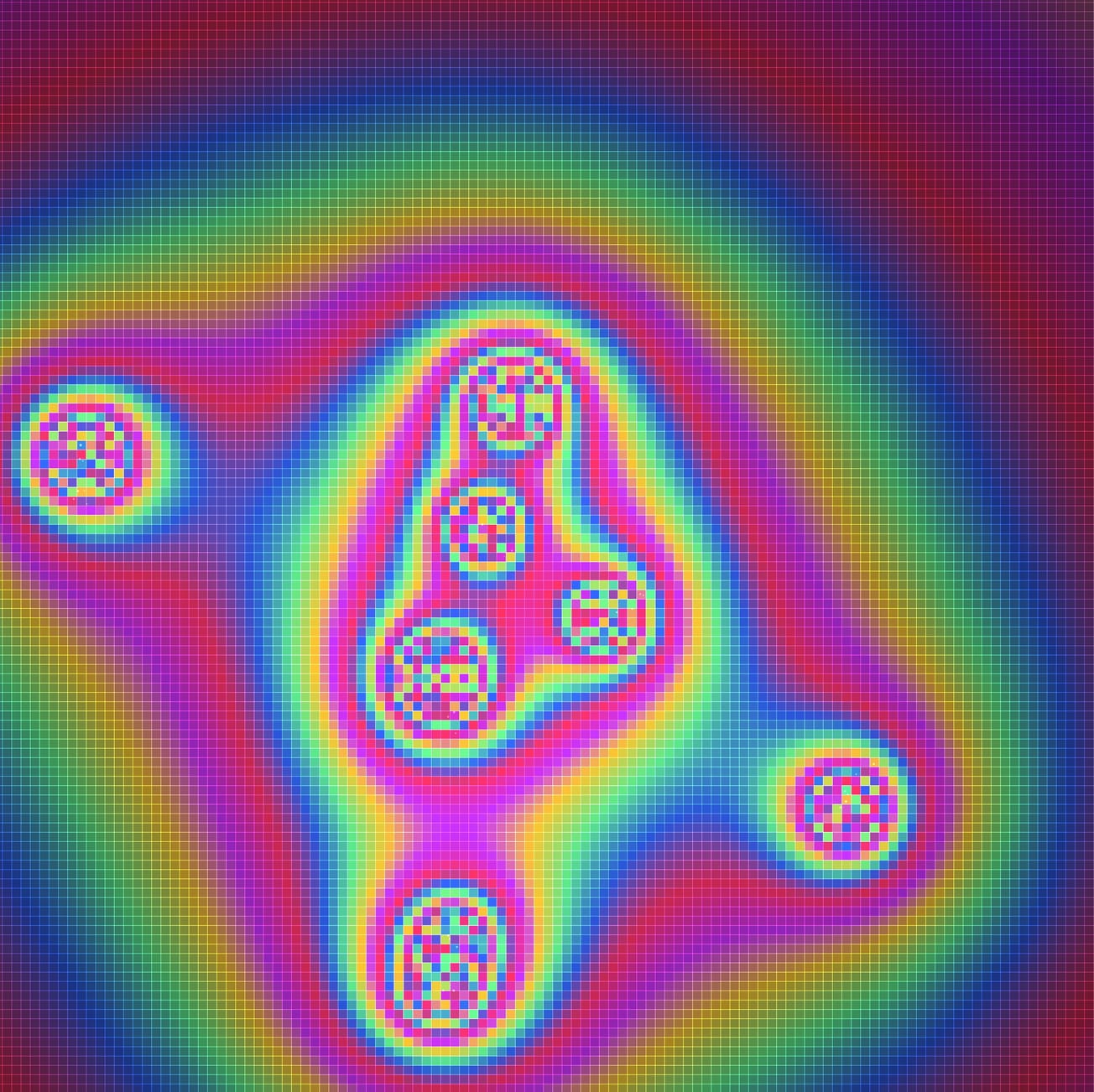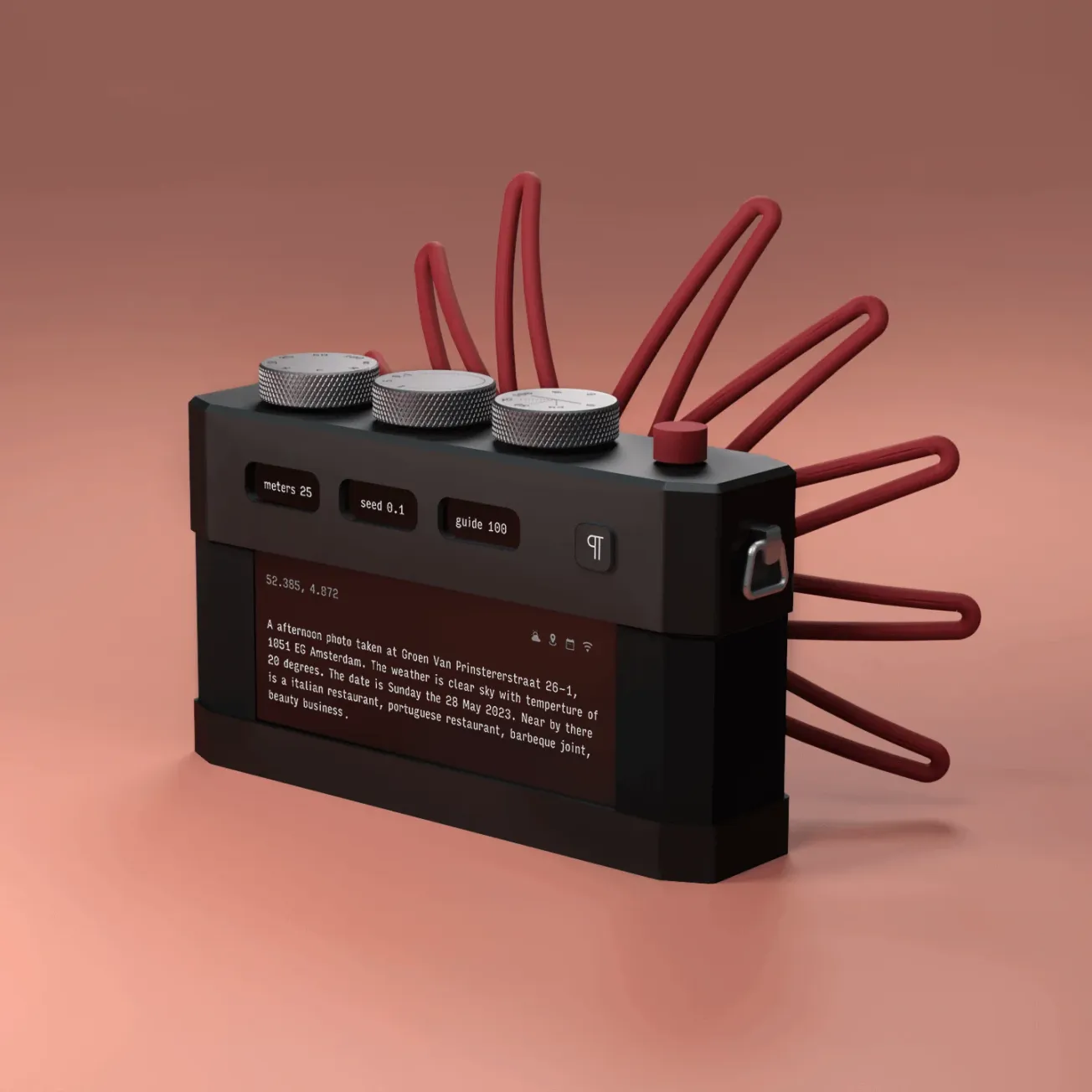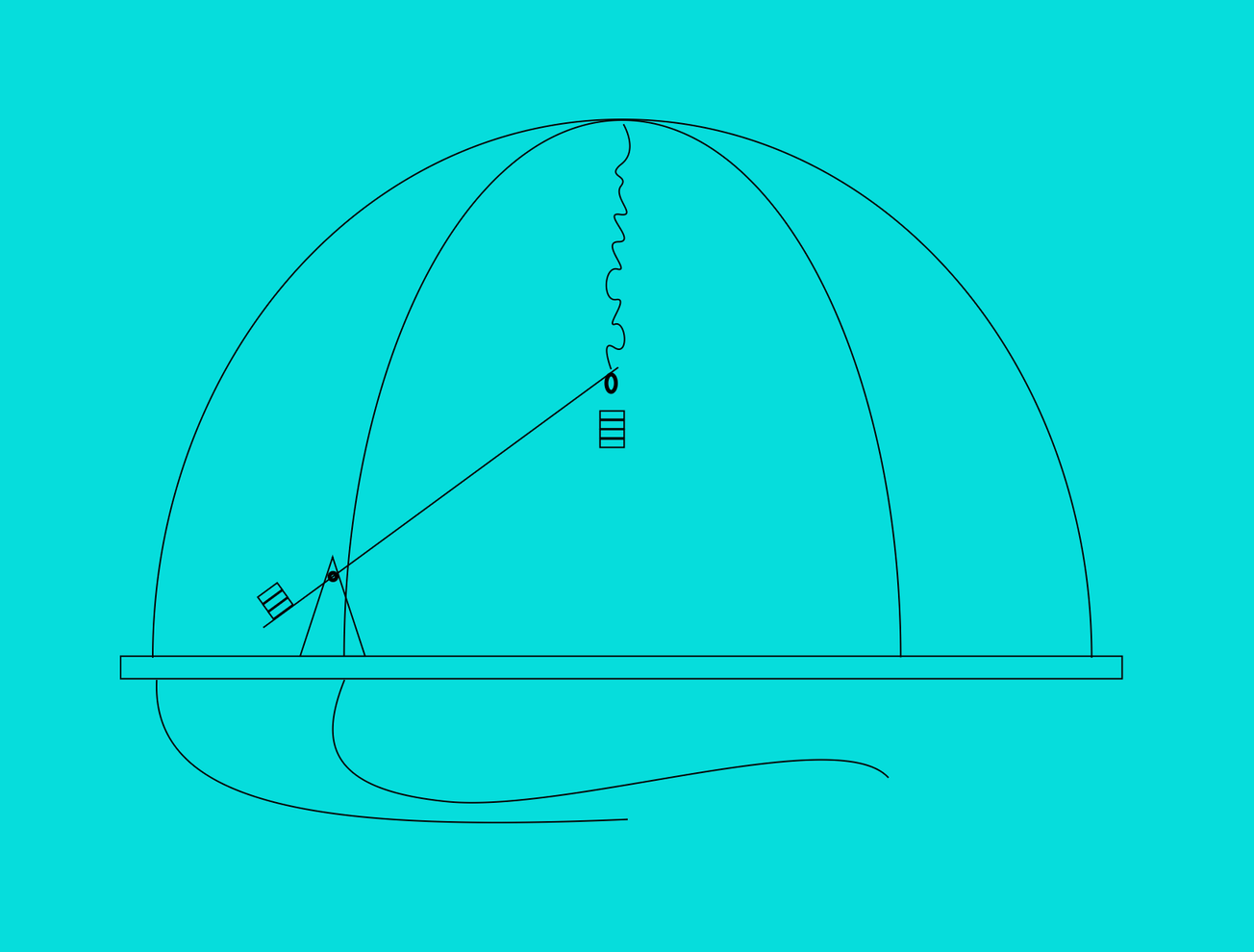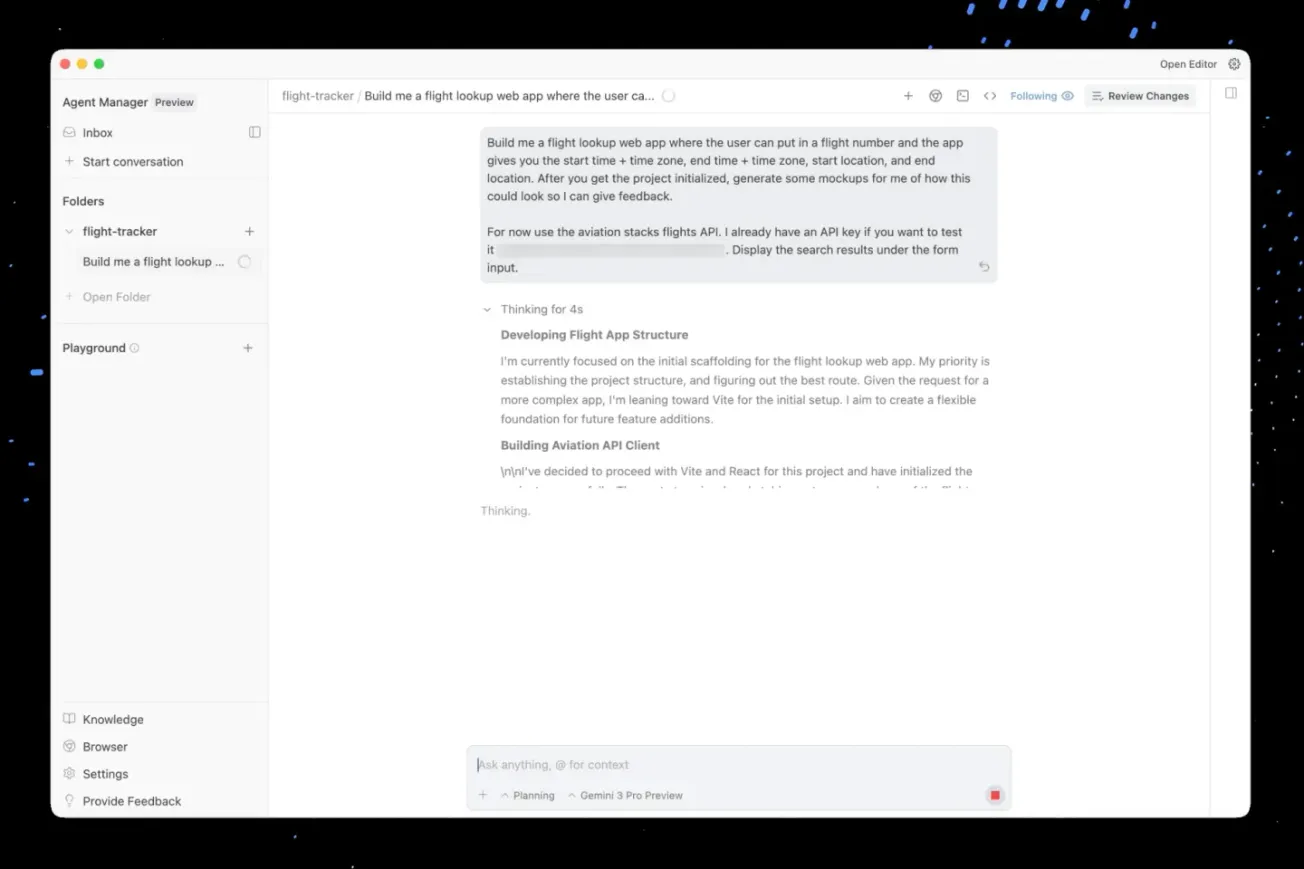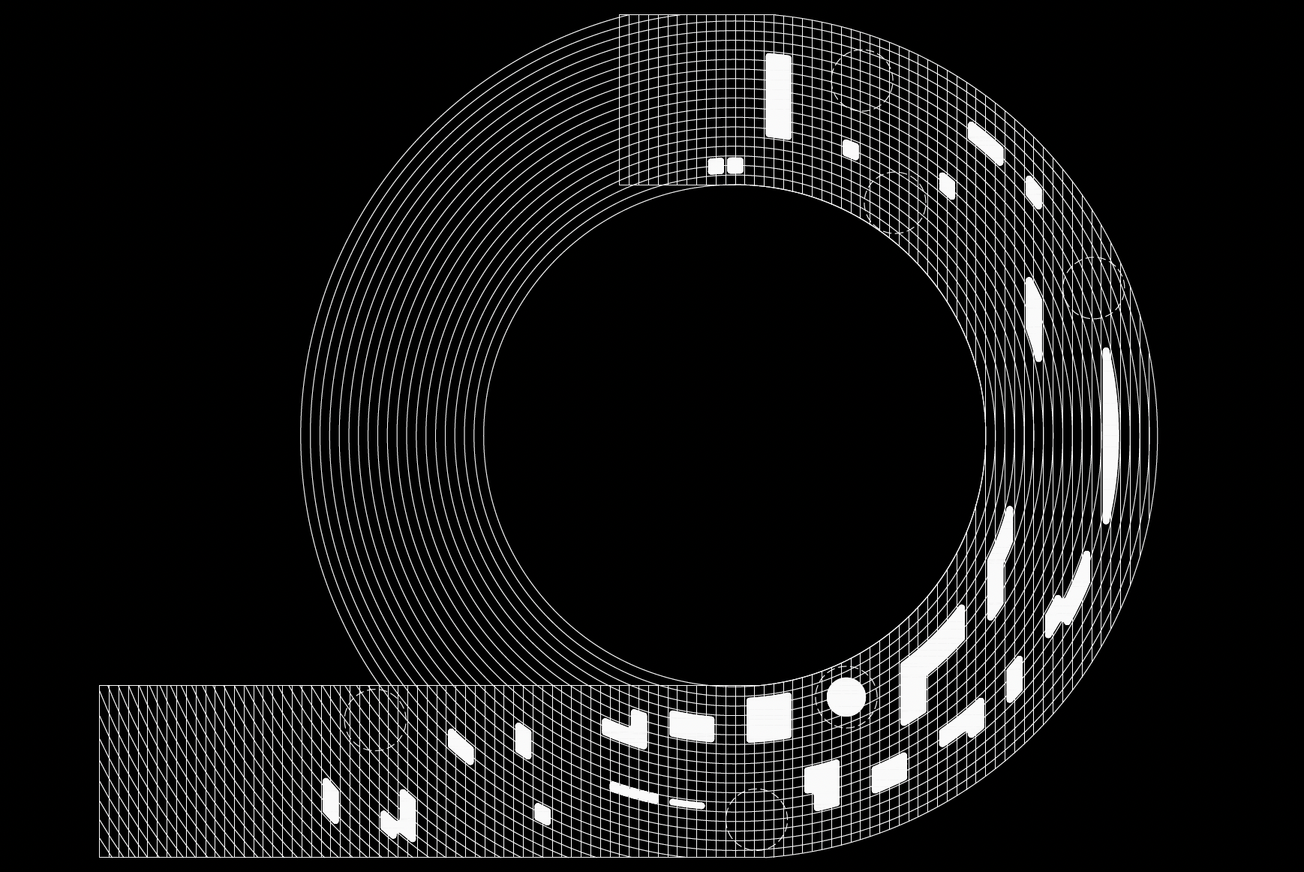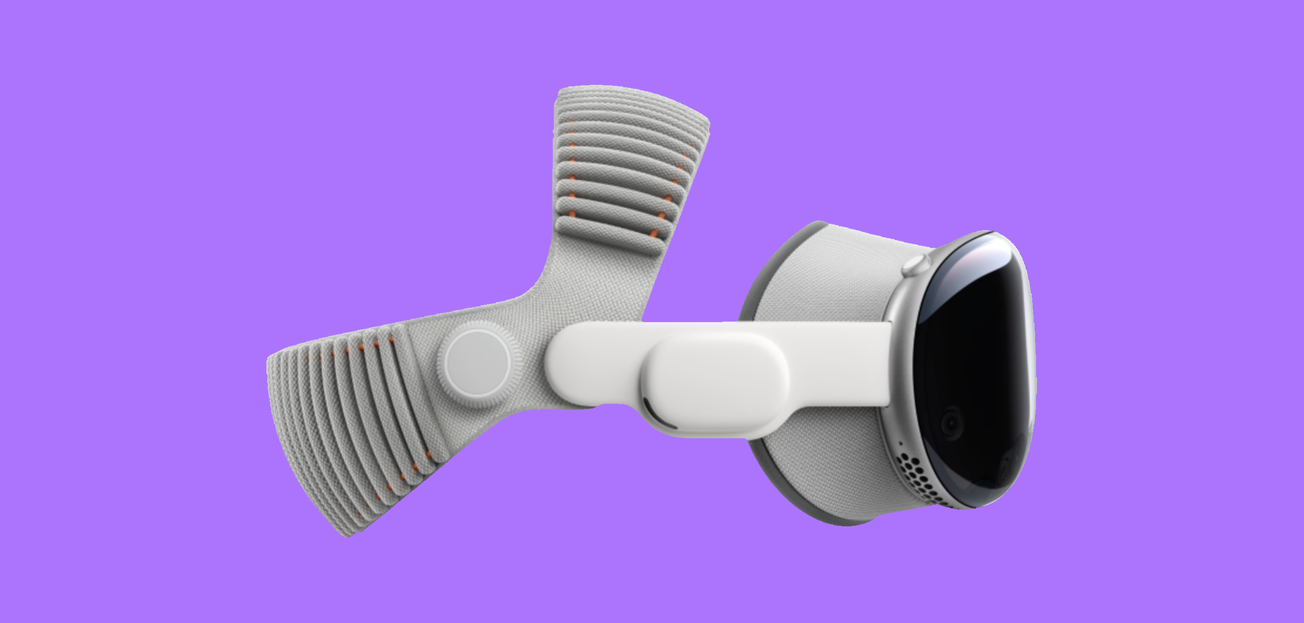The algorithm has a look — and it's starting to show its seams. Across creative domains, the polished, frictionless aesthetic born from machine learning systems has become the new normal. But a different current is gaining strength. Instead of embracing generative smoothness and computational predictability, a growing cadre of artists, architects, and collectives are hacking, disrupting, and reimagining how creativity can unfold outside the grid.
Their projects don’t just critique the dominant algorithmic aesthetic; they actively sabotage it, offering strategies for a more chaotic, imperfect, and ultimately human creative future.
Here are ten recent projects that push back against generative normativity and reassert the complexity of human expression.
1. Ai Weiwei – Camouflage (2025)
To be unveiled on Roosevelt Island's Four Freedoms Park in New York, Camouflage marks Ai Weiwei's first major public artwork in New York since 2017. Draped in camouflage netting, the installation creates a sanctuary that symbolizes vulnerability, protection, truth, and concealment. It invites viewers to reflect on the impacts of violent conflicts and the complexities of visibility in the digital age. Weiwei's work resists the homogenized clarity often demanded by algorithmically mediated imagery, opting instead for layered meaning and strategic opacity.

2. Steve Zafeiriou – Sensorify, Choice, and GeoVision (2023–2024)
Greek new media artist Steve Zafeiriou explores human-machine interactions through a trilogy of interactive installations. Sensorify uses EEG data to create real-time emotional visualizations, challenging the notion of algorithmic objectivity. Choice evolves through audience participation, highlighting human agency in generative processes. GeoVision visualizes geolocation data with generative art to emphasize cultural diversity over algorithmic homogenization. Zafeiriou’s works introduce instability and unpredictability into otherwise rigid data-driven systems, forcing algorithms to adapt to nuanced human variability.
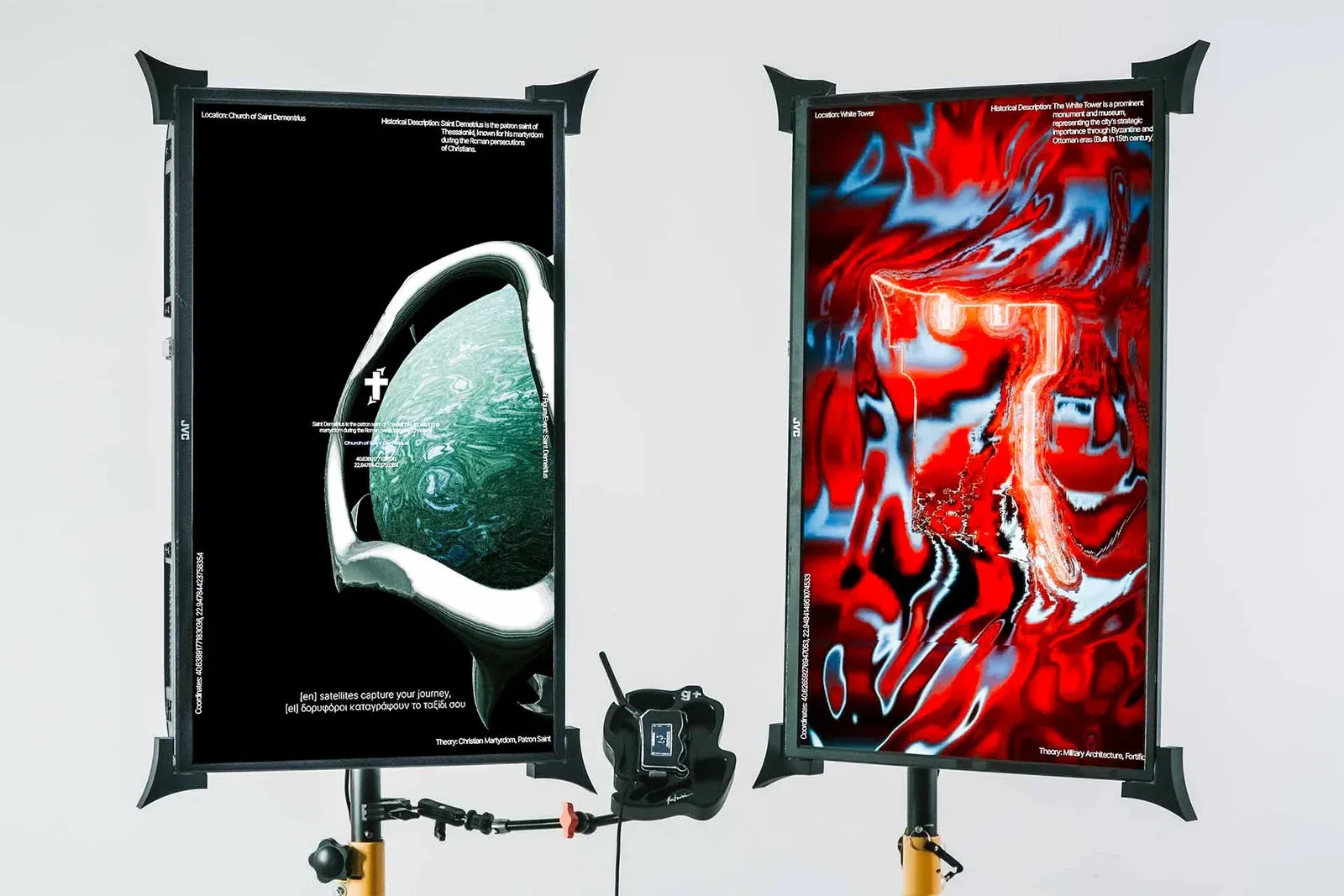
3. Dong Zhang et al. – The Ephemeral Shadow (2025)
This interactive installation merges robotic performance with digital projection, drawing from traditional Chinese shadow puppetry. The Ephemeral Shadow blurs the boundaries between physical and virtual space, questioning the authenticity of technologically mediated experiences and resisting the polished aesthetics typical of AI-driven art. By invoking ancient storytelling traditions within a technologically sophisticated framework, Zhang destabilizes the expectations of seamless digital experience and reasserts narrative irregularity.
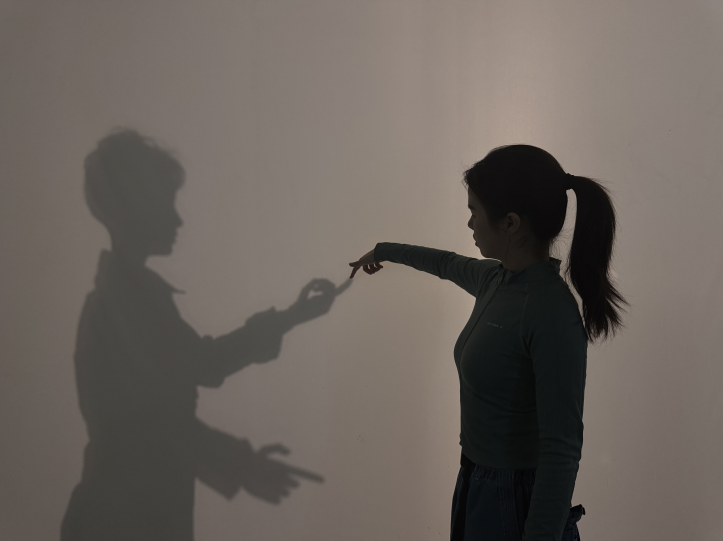
4. Agoria – Σ Lumina (2024)
French artist Agoria presented Σ Lumina at the Musée d’Orsay, using biological data to reinterpret classical artworks through AI. By integrating organic variability into generative processes, the project disrupts the standardized visual language commonly associated with machine learning systems. Agoria’s layering of bodily imperfection over algorithmic structures challenges assumptions about machine neutrality and aesthetic uniformity, restoring sensuality and unpredictability to digital spaces.
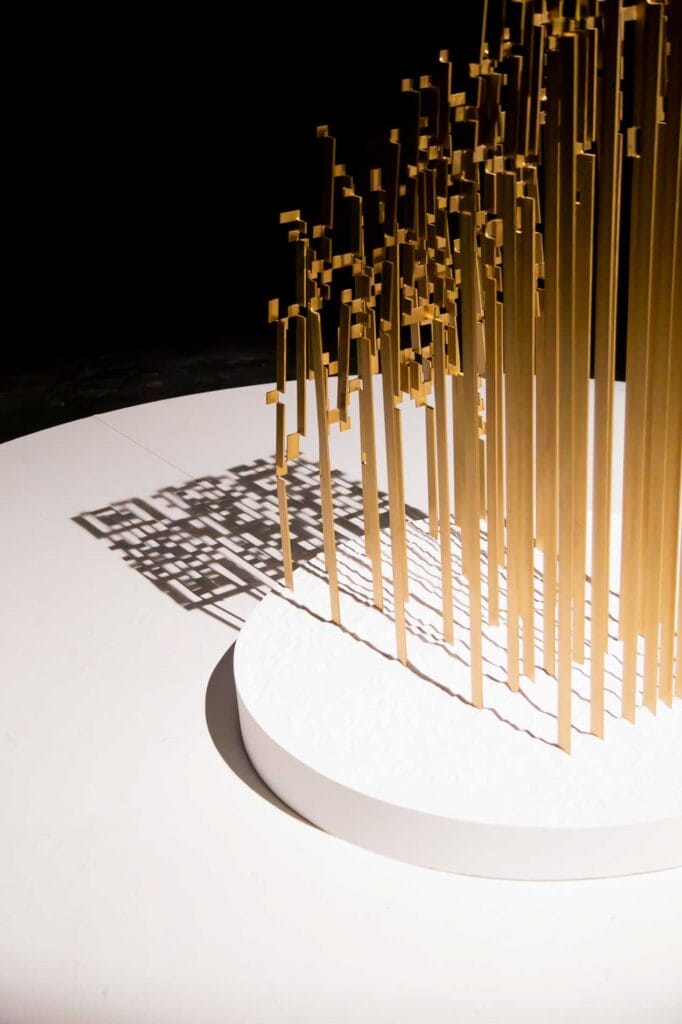
5. Botto – Algorithmic Evolution (2025)
Botto, the decentralized autonomous artist, transitioned from text-to-image generation to developing self-directed creative coding practices with p5.js. This shift emphasizes community input and randomness, countering deterministic machine learning outputs and pointing toward a future of decentralized, collaborative creativity. Botto’s trajectory moves decisively away from passive algorithmic mimicry and toward a model where machine authorship is entangled with human intentionality and collective experiment.
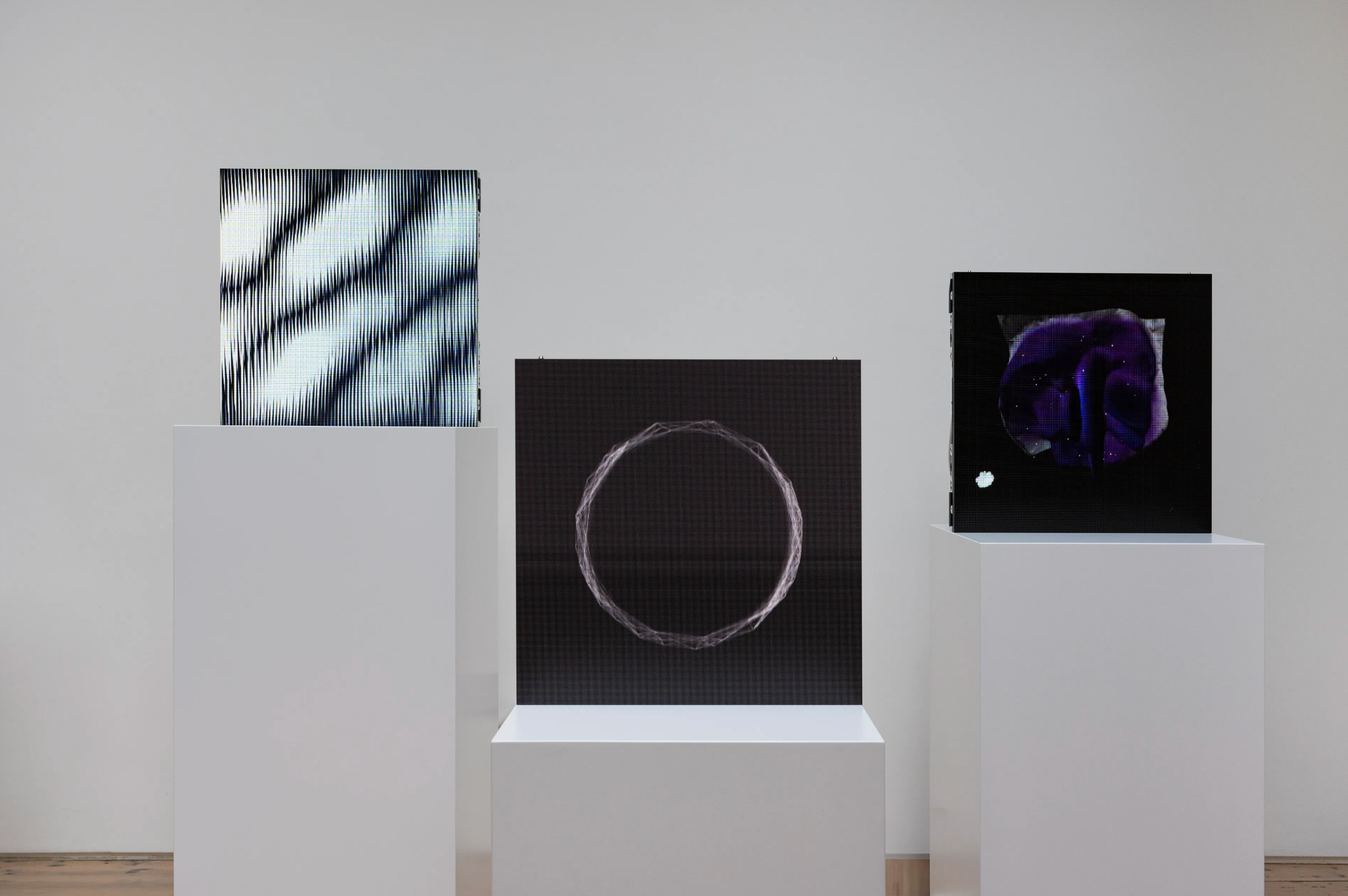
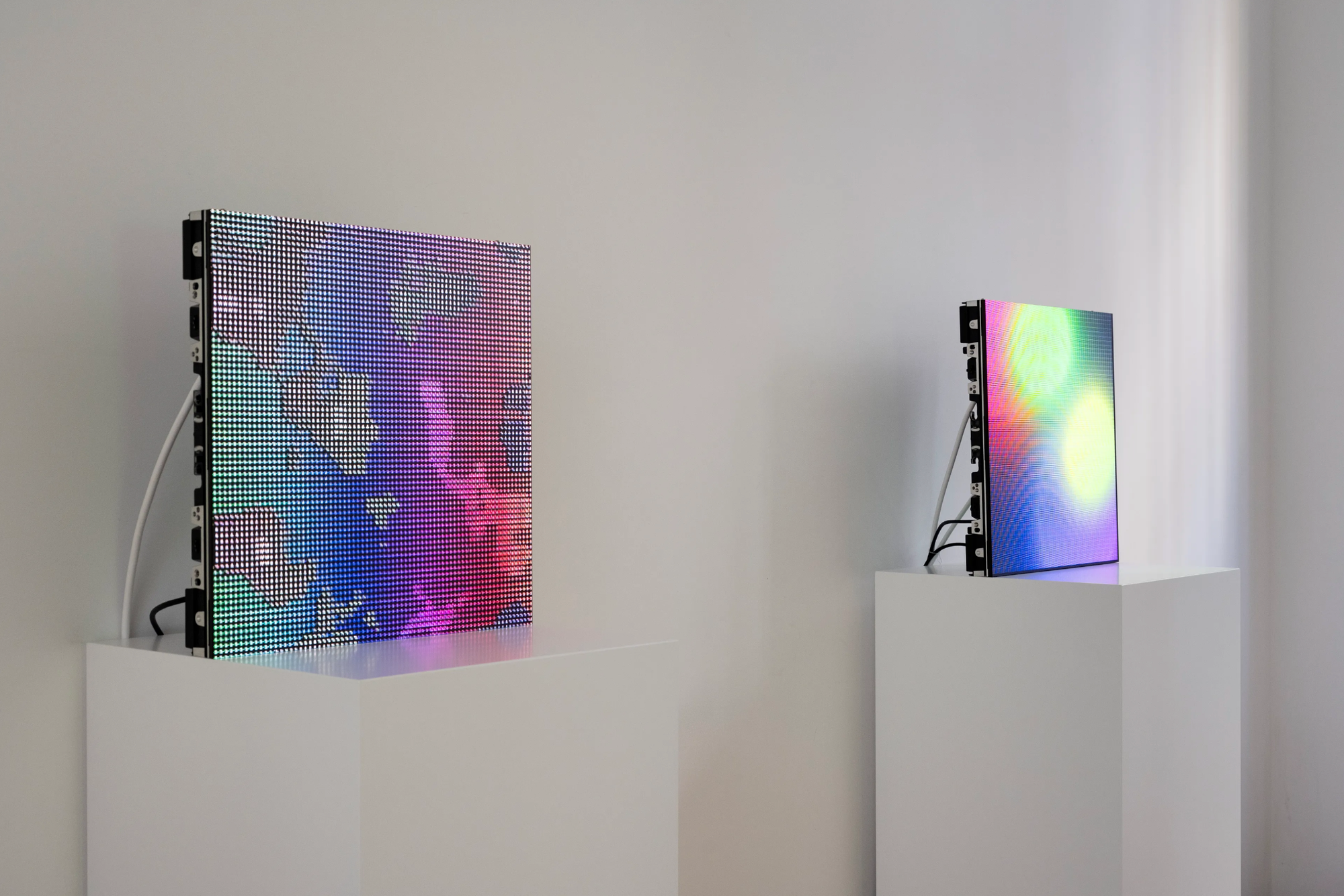
6. Trevor Paglen – Bloom (2023)
Trevor Paglen, known for his exploration of surveillance, AI, and hidden infrastructures, unveiled Bloom in 2023 — a sculptural installation series that visualizes the biases embedded in machine vision systems. Using adversarial images and manipulated datasets, Paglen disrupts the way algorithms classify and interpret visual information. Bloom forces viewers to confront how machine learning "sees" the world, exposing the distortions and political ideologies hidden within AI systems. His work offers a sharp critique of the assumption that algorithmic perception is neutral or objective.
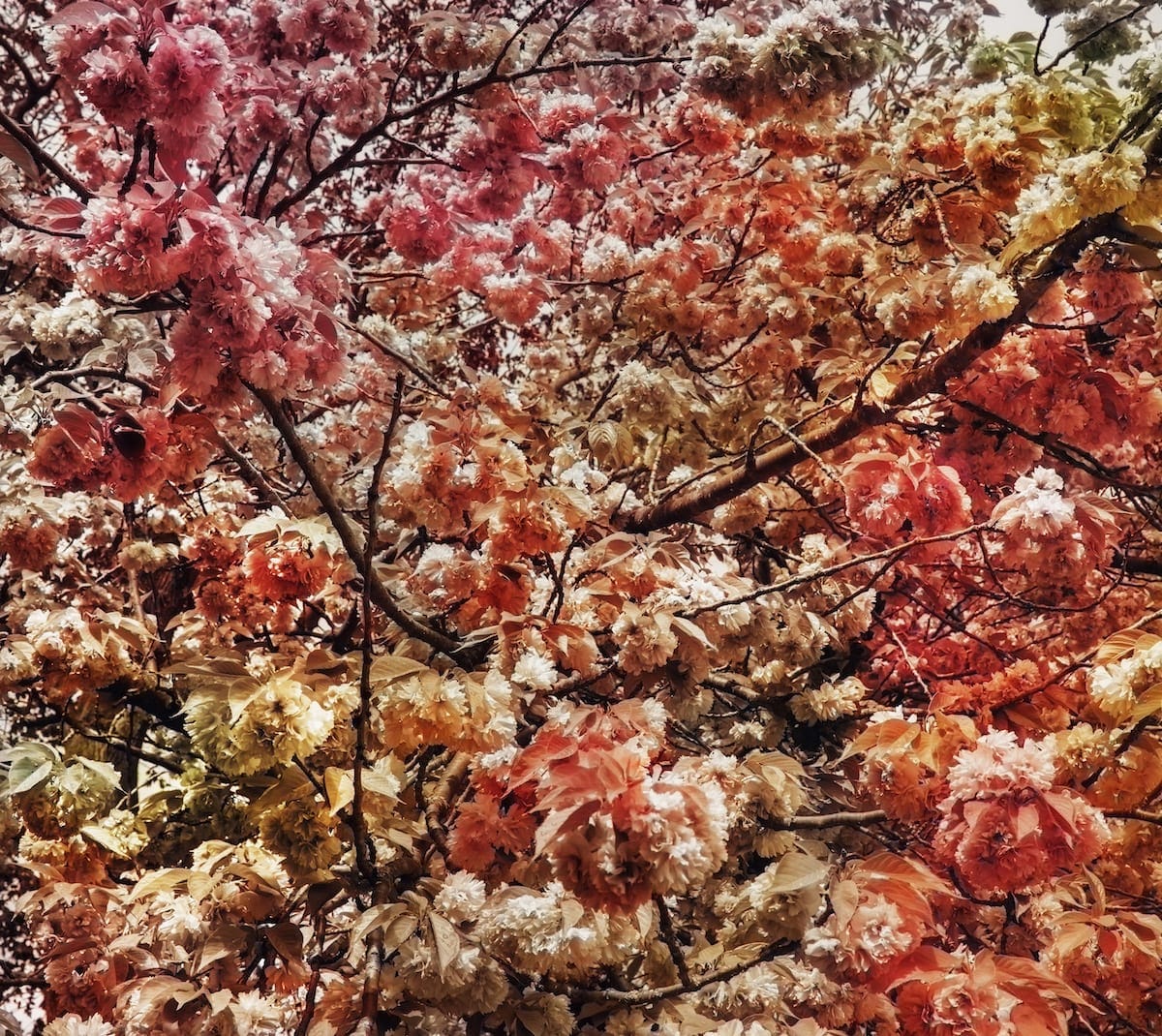
7. Paolo Cirio – Sociality (2018–ongoing)
Artist Paolo Cirio’s project Sociality scrutinizes patents for technologies designed to manipulate and surveil users through AI. By visually mapping these patents into large-scale artworks, Cirio reveals the ethical dangers embedded within algorithmic control systems, advocating for greater accountability and transparency in technological development. The project turns obscure corporate documents into public artworks, reclaiming intellectual space from the technocratic elite and exposing the ideological scaffolding of algorithmic capitalism.
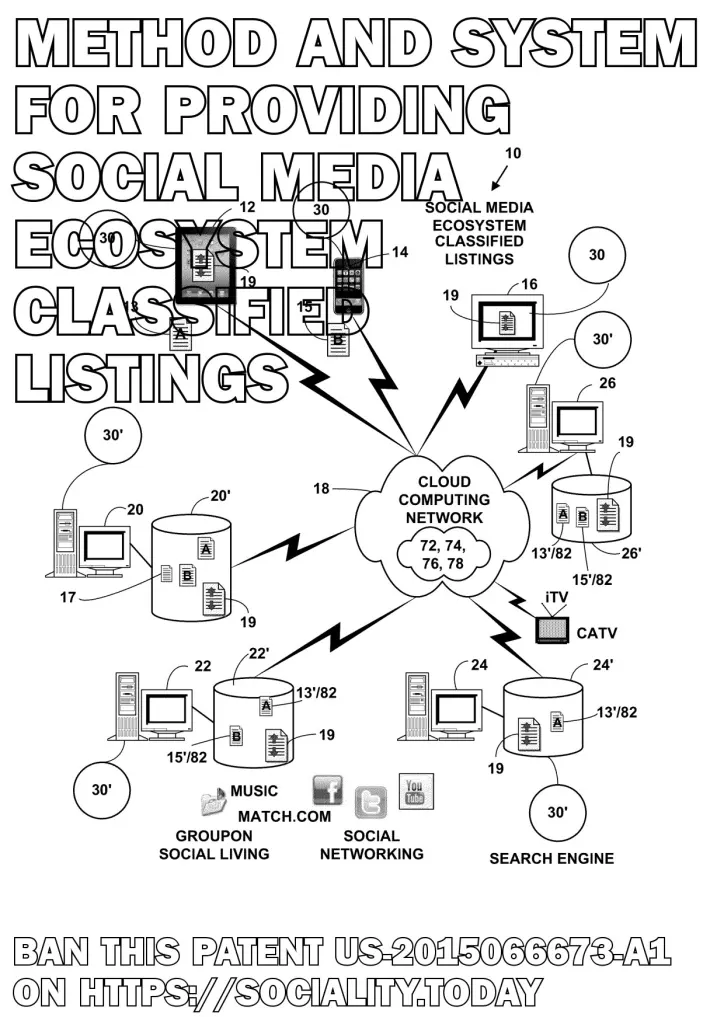
8. Carla Gannis – wwwunderkammer (2020–ongoing)
wwwunderkammer, a sprawling, virtual cabinet of curiosities, created by Carla Gannis, challenges the assumptions behind algorithmically organized knowledge systems. Drawing inspiration from Renaissance-era wunderkammers, Gannis blends hand-drawn imagery, 3D modeling, AI tools, and satire to create a chaotic, hyperpersonal archive that resists machine categorization. In an age obsessed with frictionless data and seamless interfaces, wwwunderkammer embraces clutter, contradiction, and human eccentricity. Gannis reclaims digital space as a place for unruly imagination rather than algorithmic optimization, offering a joyful, rebellious alternative to generative uniformity.
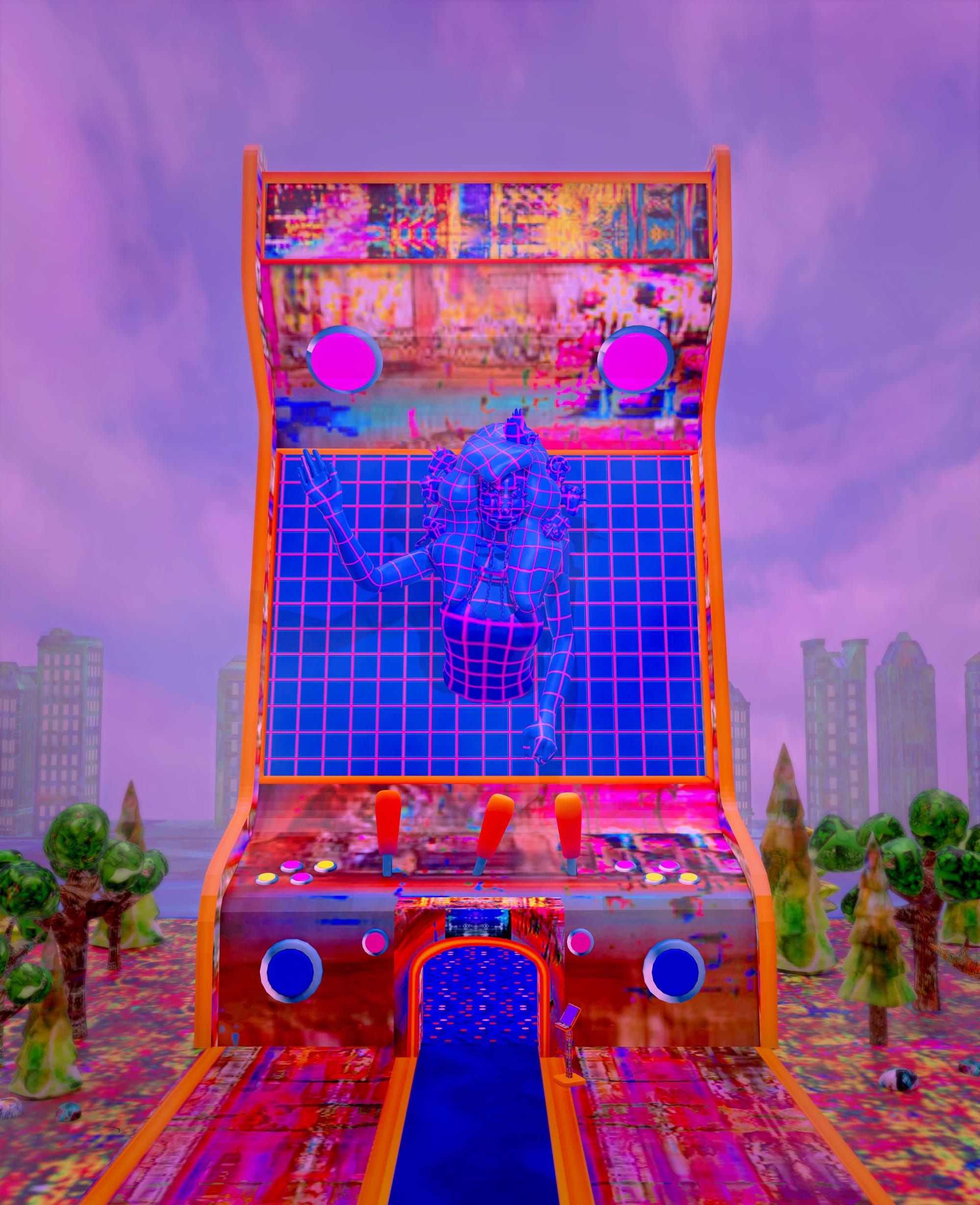
9. Aram Bartholl – Unlock Life (2020)
In Unlock Life, Aram Bartholl explores the entanglement of digital infrastructures, surveillance capitalism, and everyday life. Presented through a series of site-specific interventions and sculptural works, the project examines how algorithmic optimization bleeds into public and private spaces, subtly controlling behavior under the guise of convenience. Bartholl’s interventions, often humorous and provocative, reclaim physical and mental space from the seamless flows of algorithmic systems. His work challenges viewers to question the power dynamics encoded into the technologies they use daily, resisting the polished invisibility of digital control.
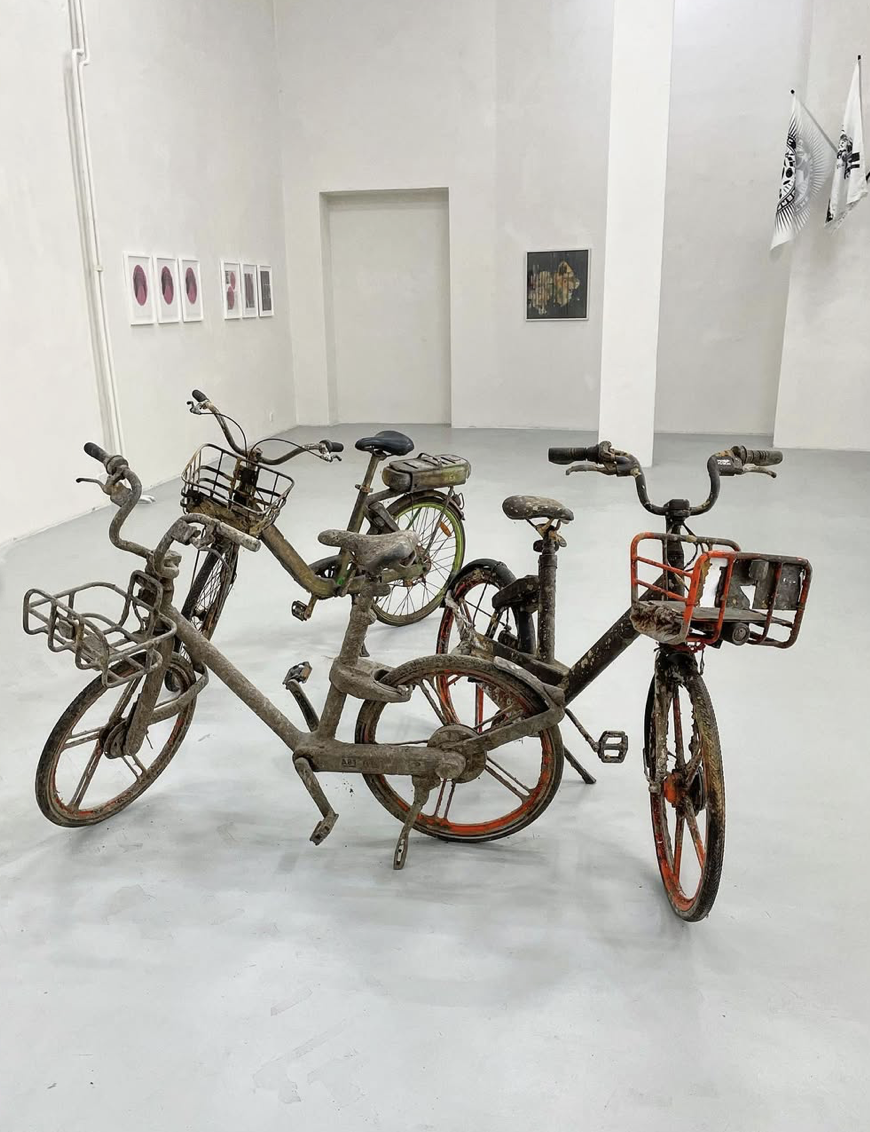
10. Tyler Hobbs – Algorithmic Aesthetics (2023)
Okay, so this one isn't exactly a project — but it might be even more important. In his 2023 interview Algorithmic Aesthetics, generative artist Tyler Hobbs breaks down the philosophical core of his practice: a commitment to preserving unpredictability and human imperfection in algorithmically generated art. Hobbs critiques the overly polished, sanitized outcomes typical of machine-made works and argues for randomness, friction, and error as necessary ingredients for authenticity. His reflections serve as a blueprint for resisting the hyper-optimized, machine-driven aesthetic dominating today’s creative landscape, insisting that genuine artistry emerges not from perfection, but from beautiful, irreducible chaos.
Beyond the Grid: Toward a More Human Creative Future
What unites these projects isn’t just a rejection of machine-made slickness — it's a deeper refusal to let algorithms flatten human complexity into easily digestible patterns. Each work points toward a new kind of creative resistance: one that embraces ambiguity, values the glitch, and insists that human irregularity is not a flaw but a vital, non-negotiable element of culture.
In a landscape increasingly shaped by automation, the most radical move might just be to remain gloriously unpredictable.

